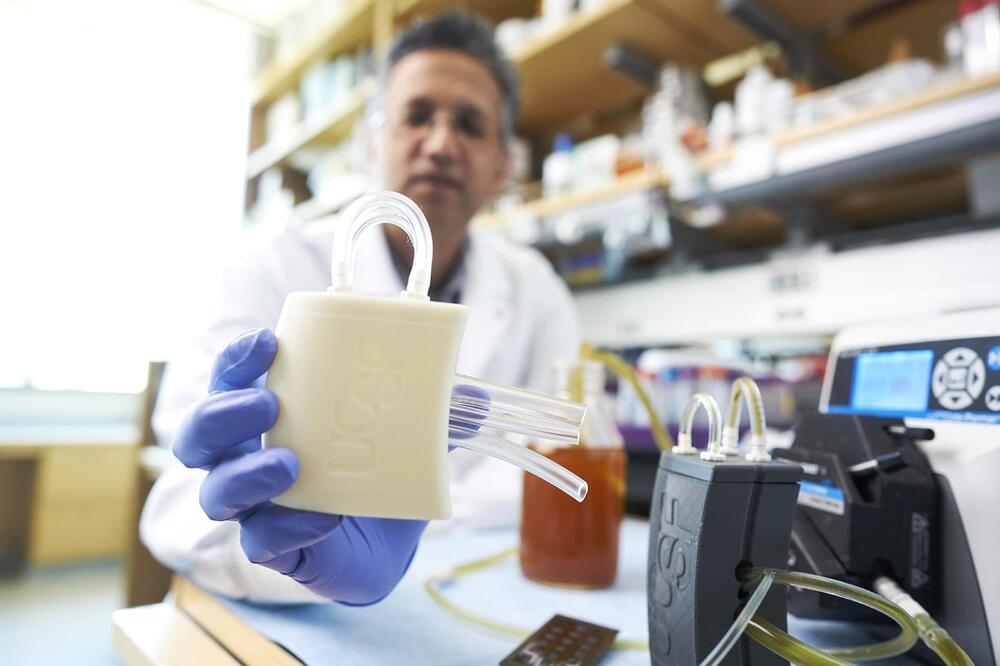For the first time in my timezone, SpaceX completed 9 launches in a month. Previously, if you were based in Europe, you saw 9 launches in a month a few months ago. At 9 launches/month that is a current rate of 108 launches/year, making SpaceX’s goal of 100 launches this year a possibility.
They had a lot of trouble getting this flight off today as a recent hurricane is still affecting the weather some. They got around this by having a 5 and a half hour launch window so they just waited a few hours until the weather was clear for several minutes and they launched!
They were supposed to launch today from California as well but weather stopped this and they will be launching from California… More.
A SpaceX Falcon 9 rocket is set to lift the next batch of 22 Starlink v2 Mini satellites into orbit at a 43 degree inclination on a southeastern trajectory from SLC-40. The window opens August 31 at 7:31PM EDT and closes at 01:01AM EDT.
Article:






